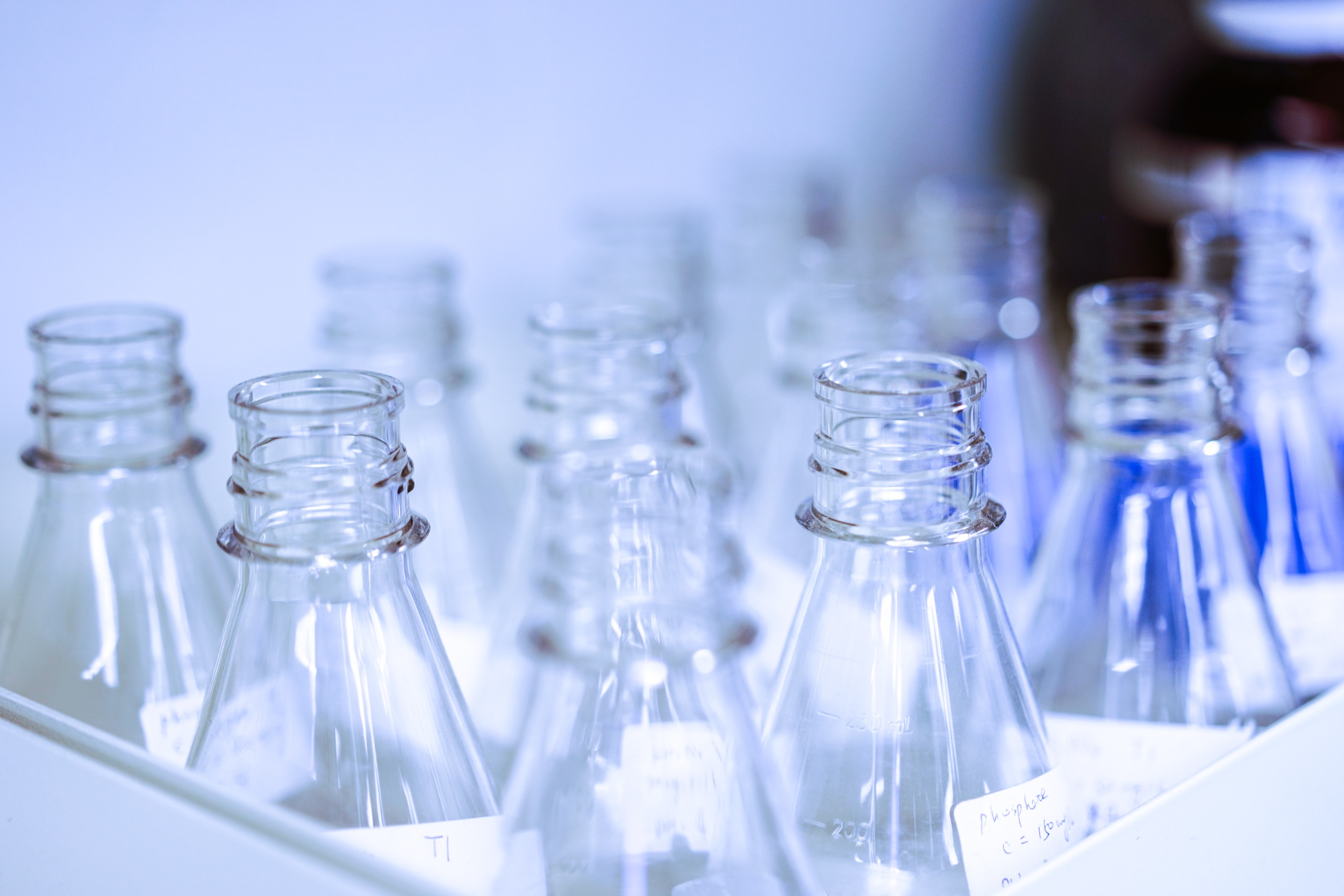

Tissue is incubated with pre-absorbed antibody instead of the primary antibody, followed by incubation with secondary antibodies and detection reagents. This control can be used when working with monoclonal primary antibodies. Any background staining observed with this control should be negligible and distinct from specific staining. This control checks that the observed staining is not caused by non-specific interactions of the antibody with the tissue. Tissue is incubated with the antibody diluent and a non-immune antibody of the same isotype and at the same concentration as the primary antibody, followed by incubation with secondary antibodies and detection reagents. This ensures that staining is produced from detection of the antigen by the primary antibody and not by the detection system or the specimen. Tissue is incubated with the antibody diluent alone and no primary antibody, followed by incubation with secondary antibodies and detection reagents.

The tissue should be checked under the microscope using either fluorescent or bright-field illumination (for fluorescent or chromogenic labels, respectively) to ensure that there is no endogenous background. For example, certain tissues contain endogenous fluorescent molecules that could be confused for positive staining during fluorescent IHC. Certain tissues have inherent properties that result in background staining, which could affect the interpretation of results. This is to check for non-specific signal and false positive results.Ī section from the tissue before applying the primary antibody. Negative controlĪ section from a tissue known not to express the target antigen. Absorption controls are more reliable if the immunogen is a peptide, as antibody-protein immunogen mixtures may themselves cause high background staining in tissues due to non-specific interactions between the protein and the tissue. Pre-absorbed antibody may be produced by overnight incubation of the antibody at 4☌ with a large molar excess (10-fold) of the immunogen. As this control is performed to demonstrate that the antibody binds specifically to the antigen of interest, little or no staining is expected. The mock and scrambled control helps in understanding experimental toxicity when compared to the non-treated sample.Absorption control: tissue is incubated with pre-absorbed antibody instead of the primary antibody, followed by incubation with secondary antibodies and detection reagents. transfection reagent only) and non-treated control.

Non-lethal: Should not affect cell viability or global gene expression due to non-target designĪdditional controls include a mock transfection (i.e.Gene targets: Designed as an alien sequence (no known target) as to not affect mRNA or protein expression levels.However, the ideal negative control exhibits these characteristics: All negative control samples are analyzed similarly to the samples treated with the test article. They are used for differentiating sequence-specific silencing from non-specific effects. Ideal negative control design mimics the test article in length, G/C content and modifications. Negative controls are designed to have no known computationally derived target in the cells being transfected and are commonly called a scrambled control. Common targets: Glyceraldehyde-3-phosphate dehydrogenase (GAPDH), Cyclophilin B (PPIB), and Lamin (LMNA).Non-lethal: Silencing of the positive control expression should not affect the cells phenotype or viability.Abundant expression: Enables accurate and easy quantitation of mRNA or protein levels.Considered a housekeeping gene: This ensures the target gene is abundantly expressed in all cell types and at a constant level not induced by cell cycle.The ideal positive control consists of these characteristics: The results of the positive control aids the researcher in understanding any intra- and inter-experimental differences. Transfecting a positive control ensures that the system being utilized is working and the delivery conditions are optimal. There are at least three transfection controls that should be included on every transfection plate: a positive control, negative control and non-treated control. Scientists understand the importance of controls in experiment. Immunohistochemical Staining (IHC Assay Development Service).Phosphodiesterase, Phosphatase, Kinase, and ELISA Assay Development.In Vitro Cytotoxicity Assays and IC50 for 120 Tumor Cell Lines.Generation of Stably Expressing Cell Lines in 28 Days.PEG-Liposome In Vivo Transfection Reagent.Nanoparticle In Vivo Transfection Reagent.Delivery system with brain-machine interface


 0 kommentar(er)
0 kommentar(er)
